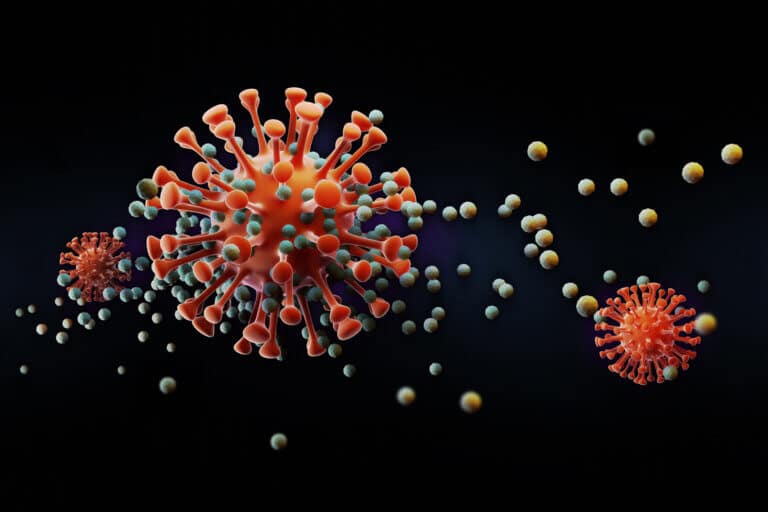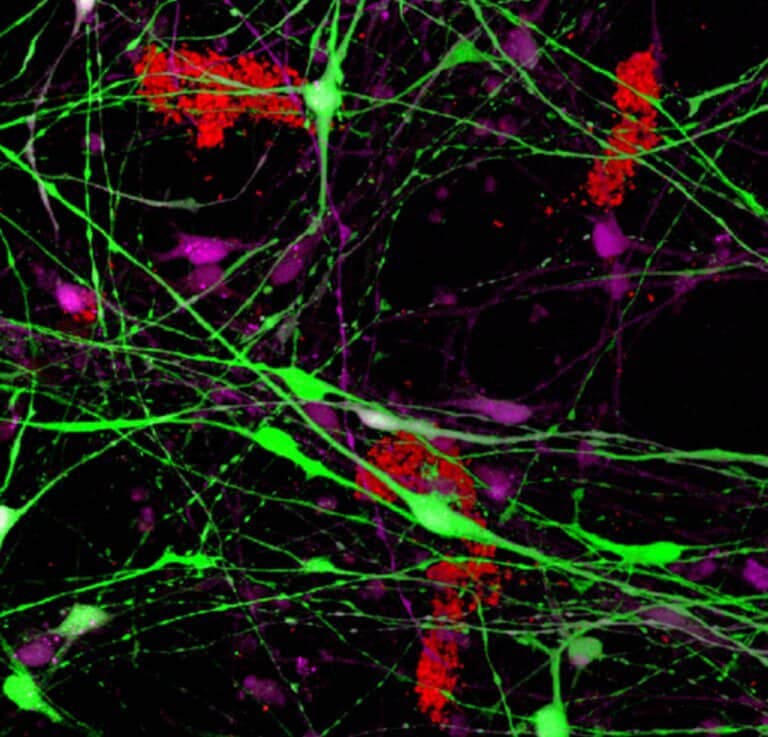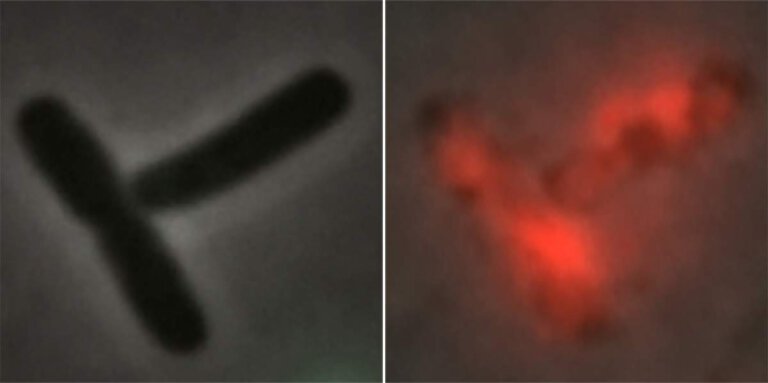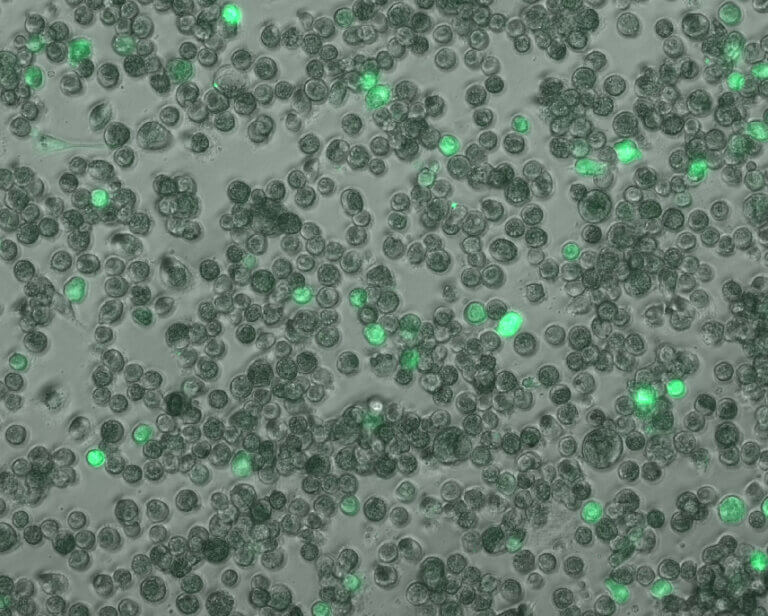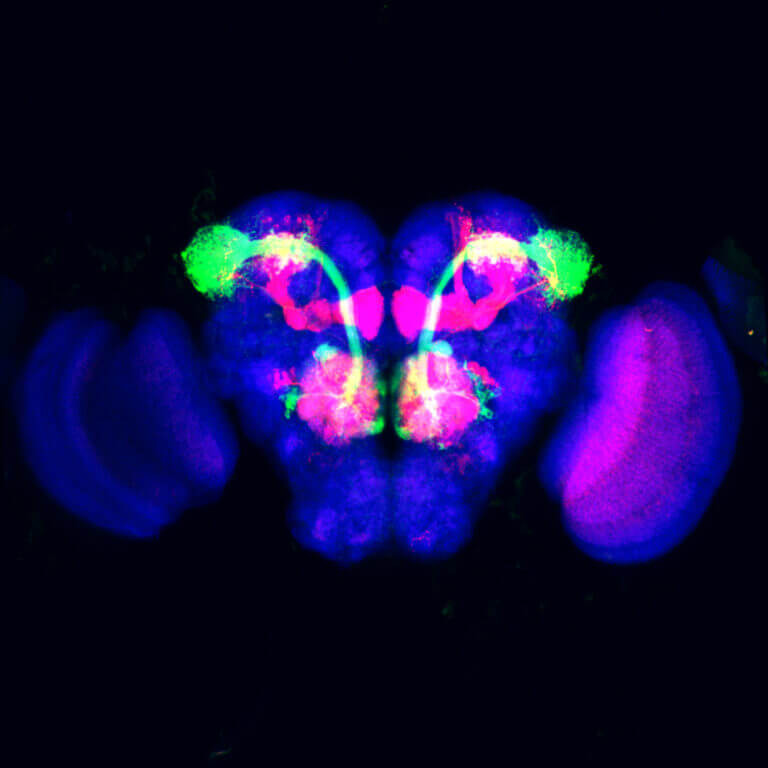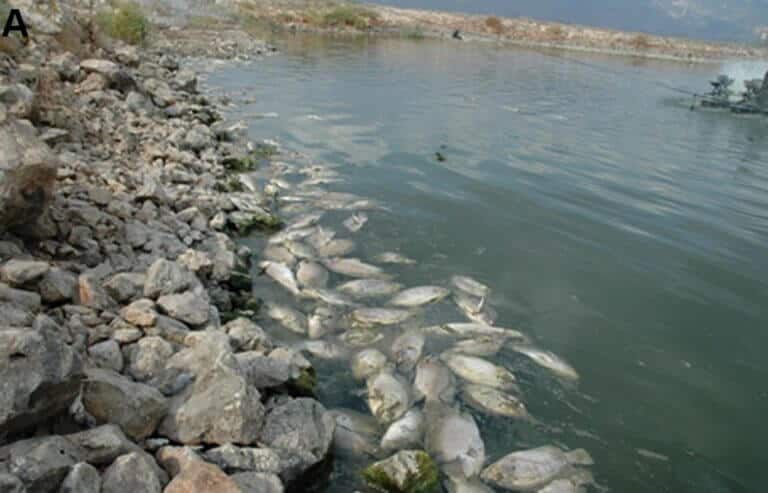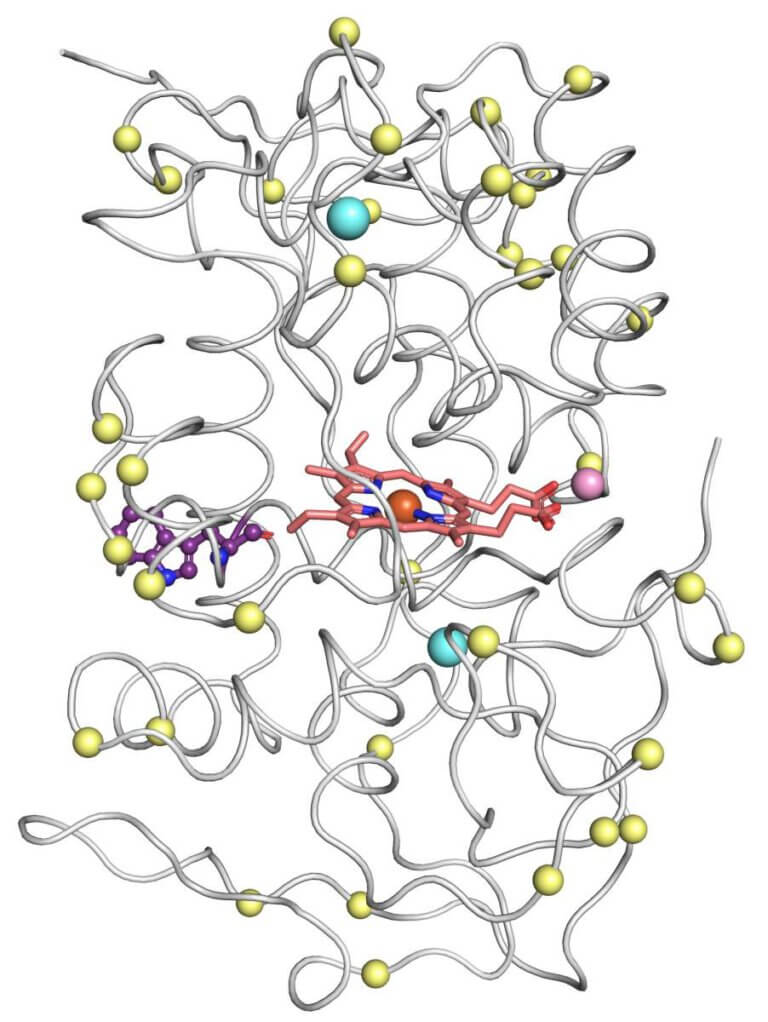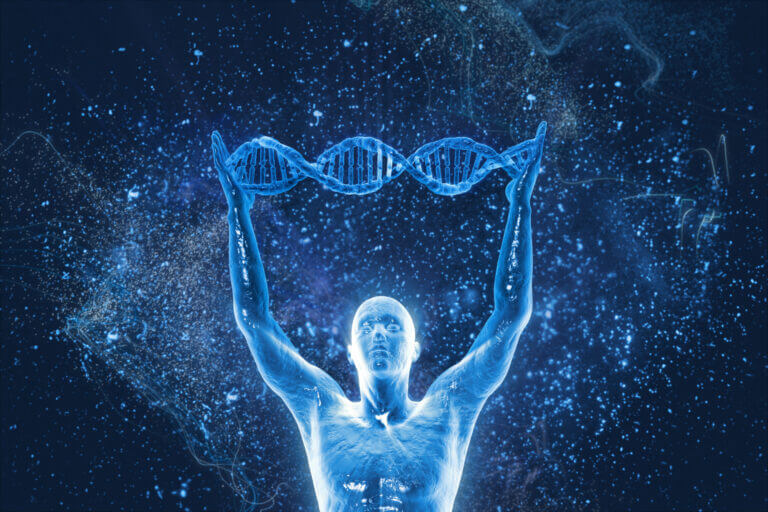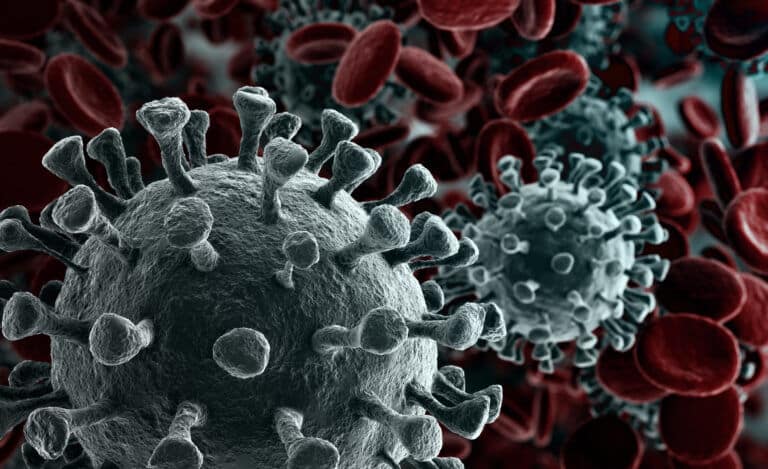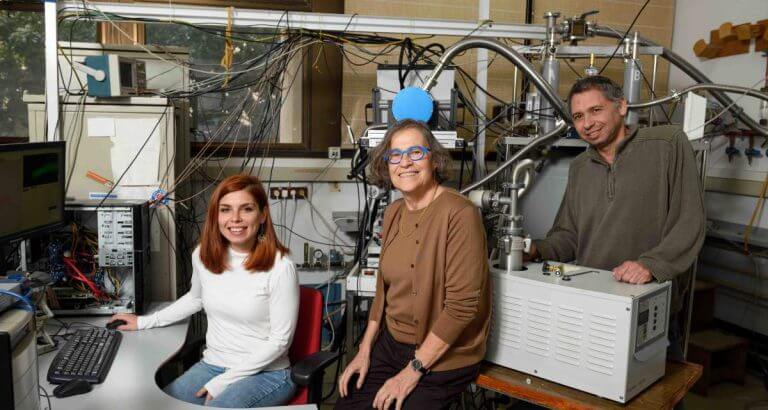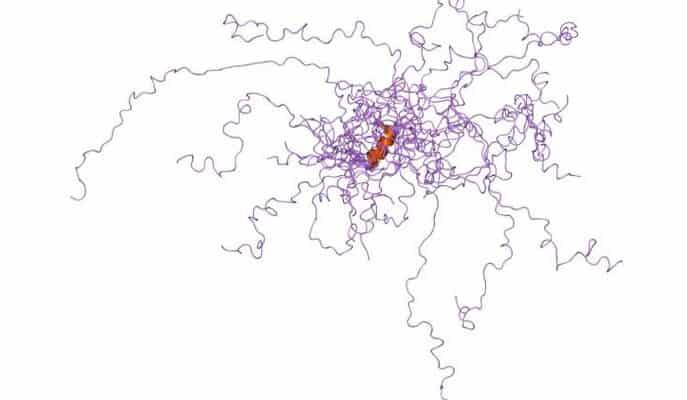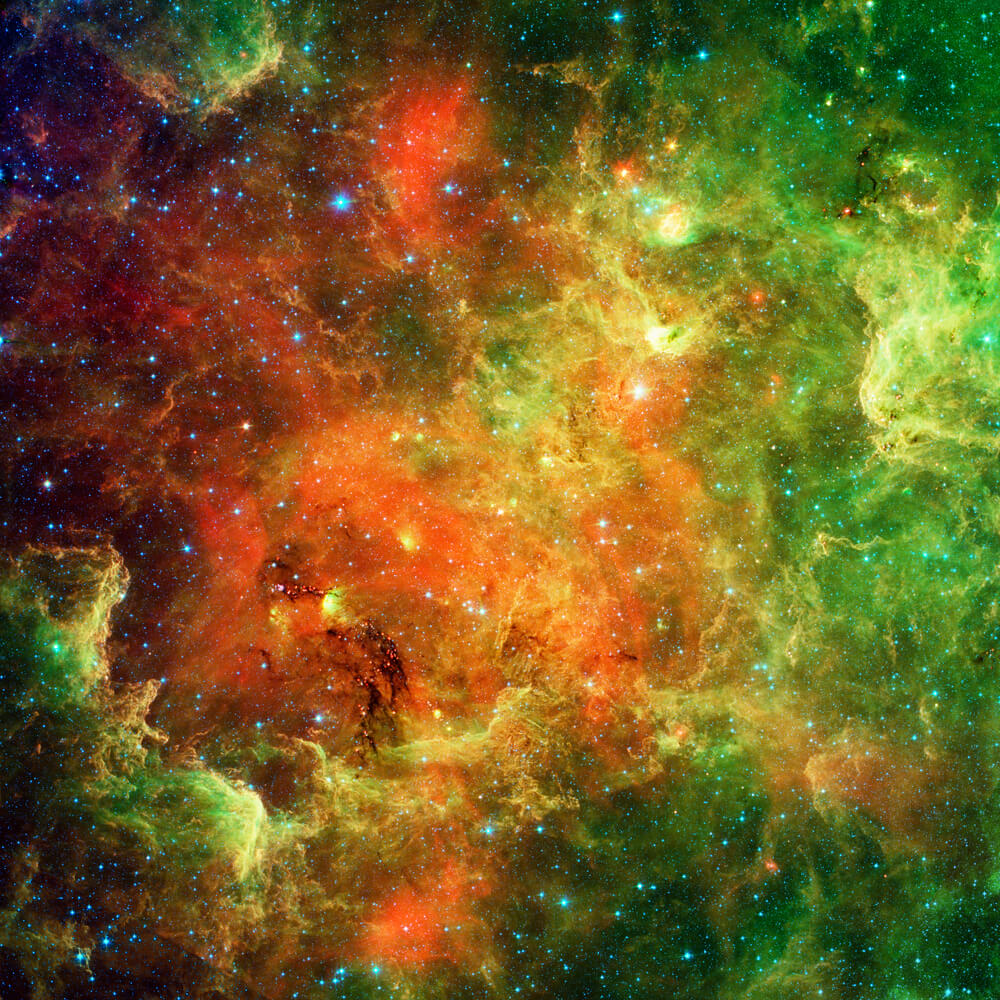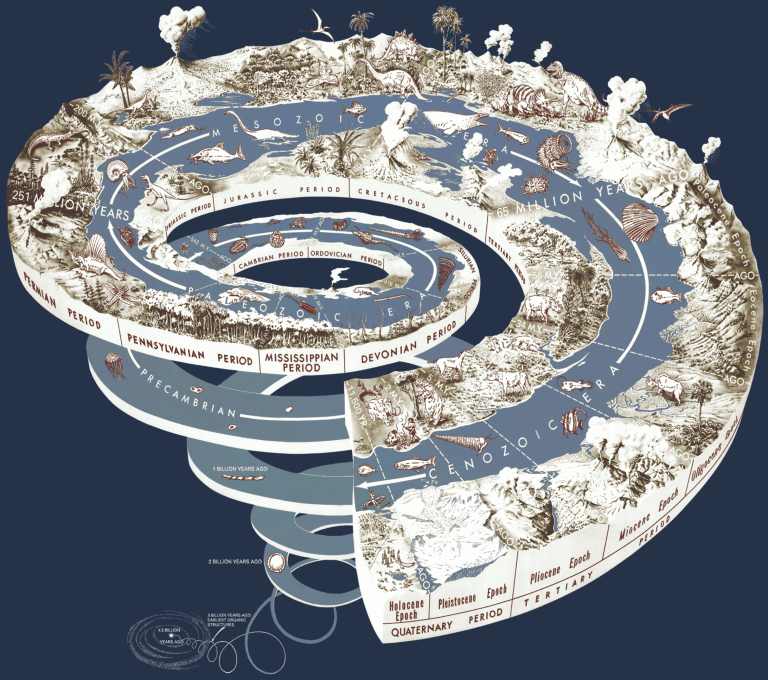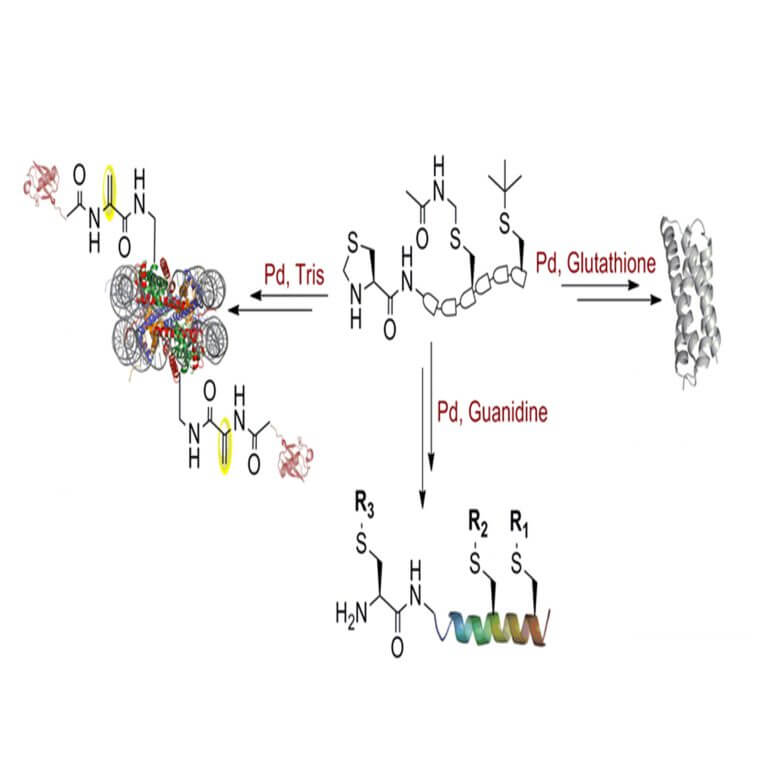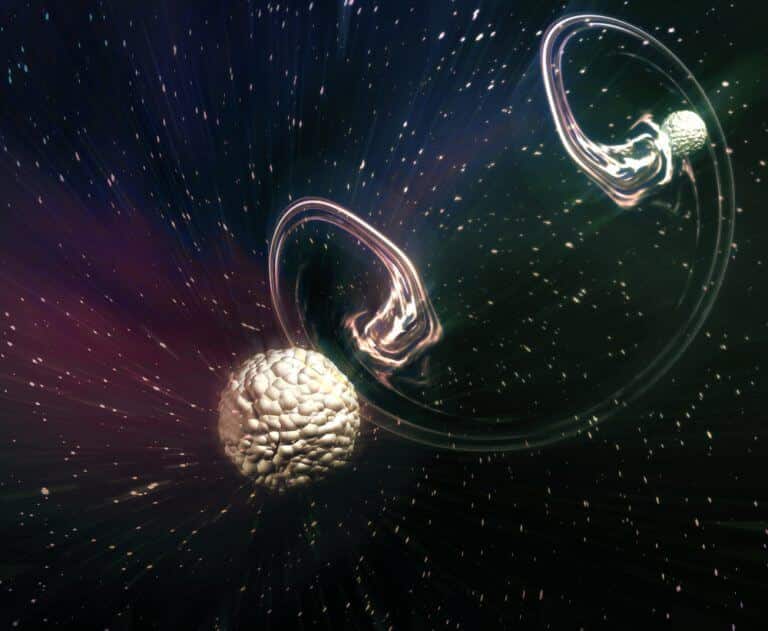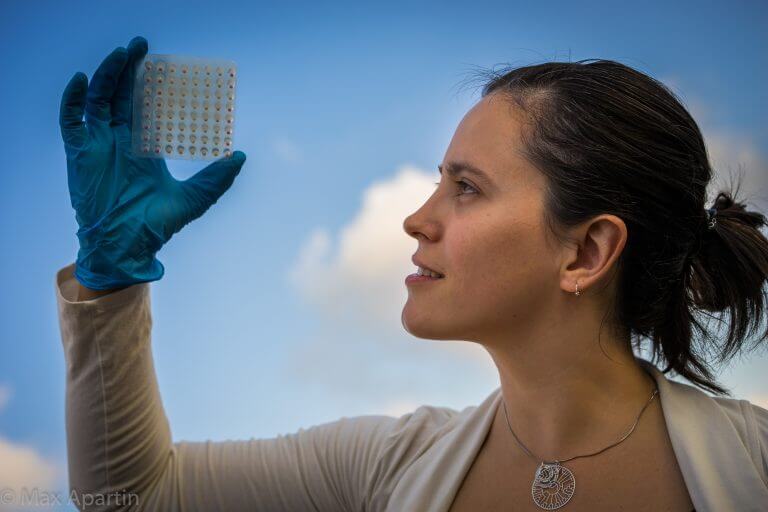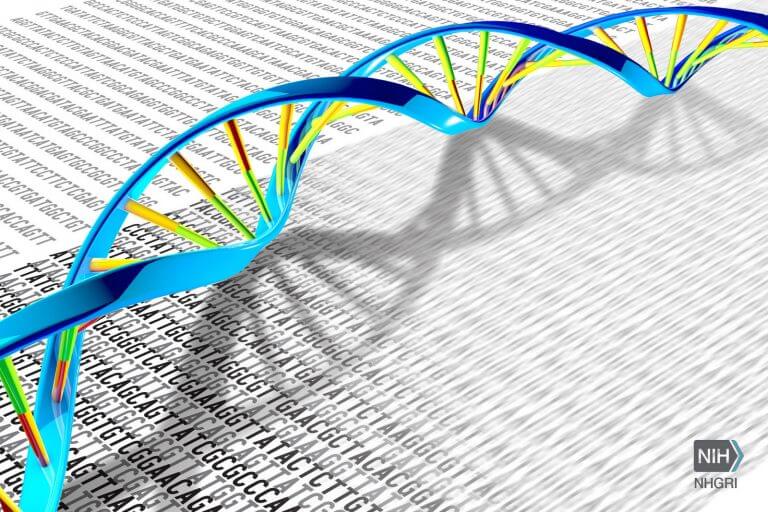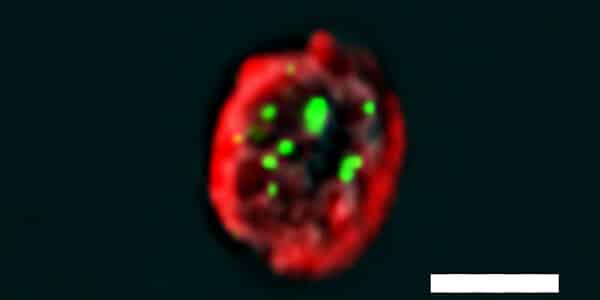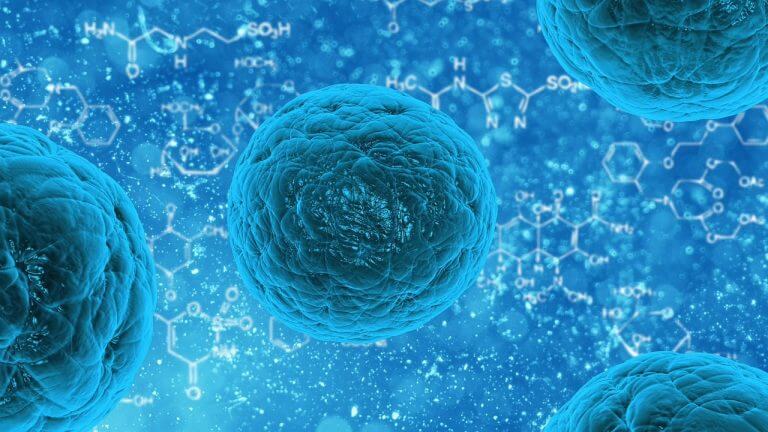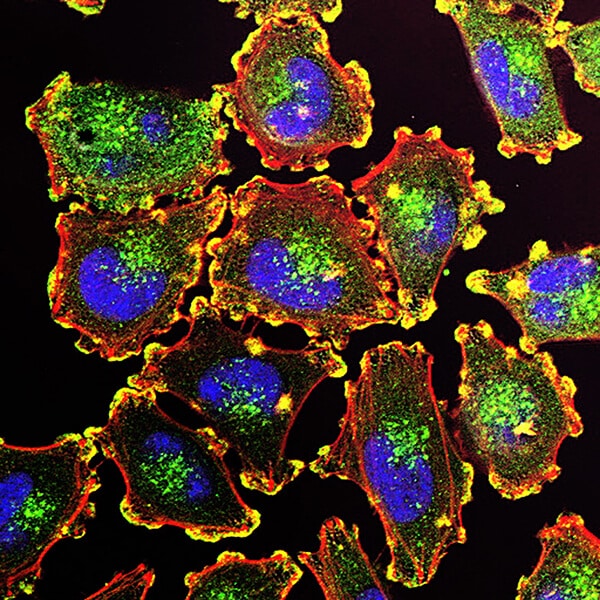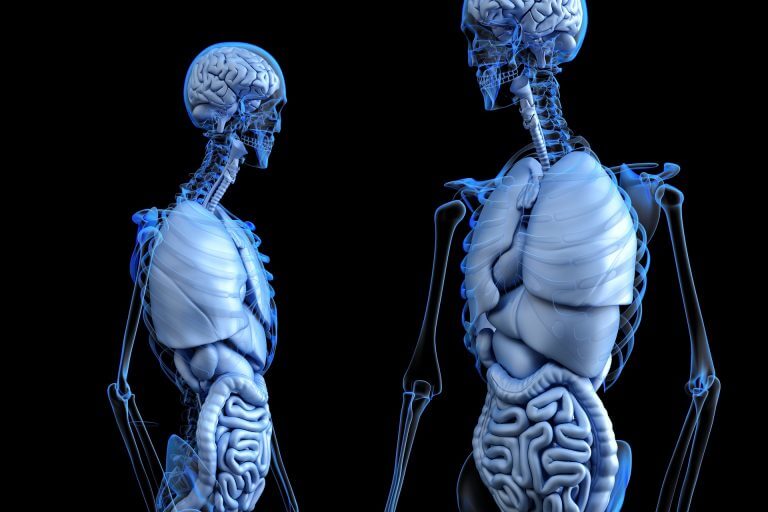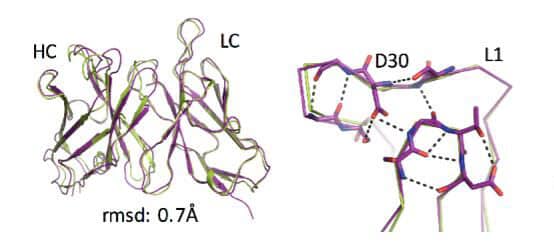Hayadan > Proteins
Proteins
- The Voice of Science website - the Israel National Science Foundation
- October 19, 2023
About two components that help COVID-19 make its proteins and multiply
- The Technion
- October 3, 2023
- One response
Toxic proteins accumulate in the brains of Alzheimer's patients. In the familial Alzheimer's patients, the accumulation mechanism is clear since there is a circumstantial relationship between the mutations and the identity of the defective proteins. In the random disease, on the other hand, the reason for the accumulation of the defective proteins was unknown
- Weizmann Institute
- August 17, 2023
The new system was discovered in bacteria - but is also used in corals, bees and others
- Weizmann Institute
- August 12, 2023
New discoveries about how the result of infection with a virus from the herpes family is determined and where dormant viruses may hide in the body
- The Voice of Science website - the Israel National Science Foundation
- July 27, 2023
The proteins and mechanisms required to fight the protein accumulations that lead to neurodegenerative diseases have been identified
- The Voice of Science website - the Israel National Science Foundation
- April 16, 2023
A story about a protein that doesn't feel electric voltage
- The Voice of Science website - the Israel National Science Foundation
- April 12, 2023
The genetic sequence of a virus that caused the morbidity and mortality of tilapia fish is not similar to any known genetic sequence
- Weizmann Institute
- January 29, 2023
In response to environmental and intracellular changes, the proteins in our body don a variety of costumes that change their properties and make their identification difficult. The institute's scientists have developed a ground-breaking search engine capable of identifying these proteins with unprecedented efficiency
- Weizmann Institute
- April 17, 2022
A combination of artificial intelligence and protein design algorithms allows for the first time access to a gold mine: millions of natural proteins that can be used in a variety of environmental, medical and industrial applications
- Weizmann Institute
- April 11, 2021
A new method makes it possible to locate points of similarity between gene control molecules of different species - from lizards to humans - and thus reveal essential sections that have been preserved throughout evolution
- Tel Aviv University
- April 20, 2020
- 14 תגובות
- Weizmann Institute
- March 8, 2020
- 3 תגובות
- Weizmann Institute
- February 10, 2020
- No comments
- Dr. Moshe Nahamani
- November 3, 2019
- One response
- Dr. Yonat Ashhar, Davidson Institute, Weizmann Institute of Science
- August 30, 2019
- 6 תגובות
- The Technion
- September 20, 2018
- One response
- Weizmann Institute
- August 9, 2018
- One response
- Dr. Moshe Nahamani
- June 29, 2018
- No comments
- The Technion
- June 21, 2018
- One response
- Weizmann Institute
- April 16, 2018
- No comments
- Weizmann Institute
- February 13, 2018
- No comments
- Tel Aviv University
- December 18, 2017
- No comments
- The Technion
- December 15, 2017
- 3 תגובות
- Scientific American Israel
- October 31, 2017
- No comments
- Weizmann Institute
- September 29, 2017
- No comments

